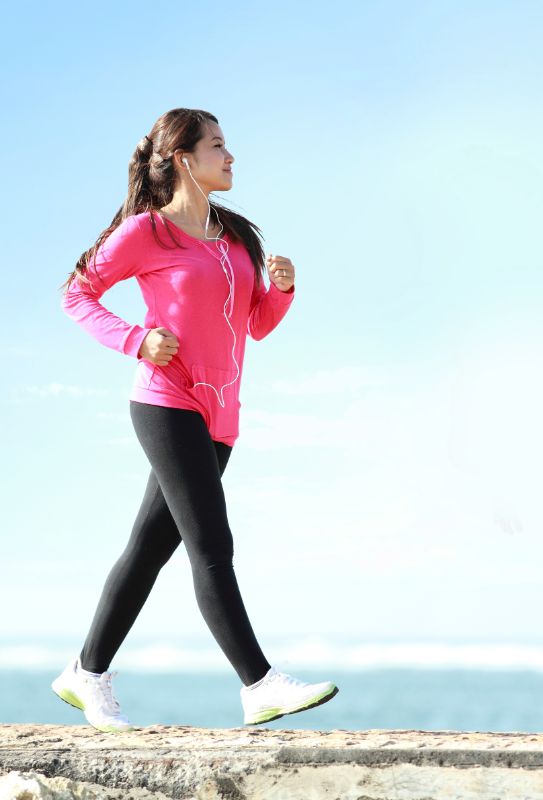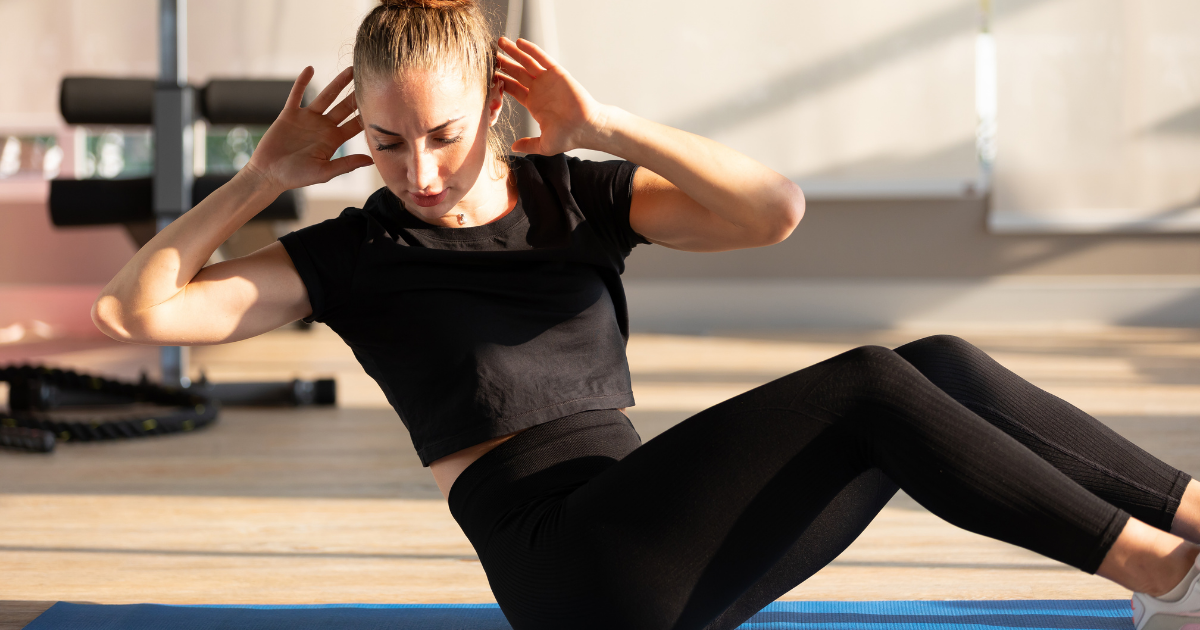
We are in a state of distress. Trapped in our houses, not knowing what time of the day it is and wondering when will this suffering end. Staying in all day, working from home in pyjamas, binge-watching our favourite movies and TV shows and having all that we need to be delivered at our doorstep; surely was a dream for some people in the early days of the pandemic. It’s different now. Things have gotten monotonous and all that once appeared euphoric has become daunting. Most necessarily, the freedom to go outside that kept us moving is not there anymore. This might not appear as serious a threat as it is, and I wish to address the gravity of this major lifestyle change though this article.
“We aren’t living normally anymore and above all have adopted a more casual approach to life.”
Reality Check
A usual day for an average person has regularity to it. One thing is followed by another and that pattern elicits uniformity. When this is repeated day after day, our biological clock or circadian rhythm gets synchronised. There are also times when the release of hormones in our bodies result in specific desires, much like there are codes and algorithms in computers for particular actions. Leptin, for example, diminishes hunger.
Sadly, we aren’t living normally anymore and above all have adopted a more casual approach to life. Sleeping when we want, snacking when we feel like it and procrastinating for most of the day. This has taken a toll on not just our habit of doing regular chores but has specially derailed our willingness to be more physically active. Now, this can have some serious consequences as Jeffrey A Woods and colleagues said ‘humans evolved as physically active animals and regular physical activity is in our genes’.
“Many studies have shown that physical inactivity exposes our bodies to life-threatening diseases.”
Thinking of sitting on your bottom all day in one place until your legs turn to jelly? Well, I would recommend otherwise. Many studies have shown that physical inactivity exposes our bodies to life-threatening diseases. And if that doesn’t scare you, do remember that COVID-19 is better off in bodies that are preoccupied fighting other illnesses. Also, bodies that fail to fight the coronavirus require ventilator support, where the less efficient respiratory system is artificially supported to maintain the exchange of respiratory gases. This life-saving intervention has an unavoidable downside; weakening of the respiratory muscles or ventilator-induced diaphragm dysfunction (VIDD). The reason for mentioning this is because it separately inhibits the weaning of patients from the ventilator, and contributes to a substantial number of deaths. Surprisingly, studies have shown that endurance training for as few as 10 consecutive days can result in protection against the weakening of respiratory muscles and VIDD. This not only reduces the chances of adverse events but can also possibly prevent the worsening of preliminary covid symptoms that usually require medical assistance.
“Brisk walking is a nice way to gradually start transitioning from no physical activity to moderate-intensity work.”
What Shall Be Done Then?
According to a study examining the influence of physical activity on corona patients adhere to the US Physical Activity Guidelines of 150 min/week of moderate to vigorous physical activity was strongly associated with reduced odds for severe COVID-19. Splitting these 150 minutes equally over five days gives us 30 minutes of work for each day with two days of rest a week. Brisk walking is a nice way to gradually start transitioning from no physical activity to moderate-intensity work. It is, however, subjective to decide what type of activity you wish to indulge in. Feel free to experiment and also don’t shy away from incorporating more than one activity into your routine. Always remember, having fun with your workouts is more important than dragging yourself through something for the sake of it. (Bear in mind that this approach is only precautionary and is not supposed to be practised while battling the virus)
Future Directions
Regular physical activity rarely gets the importance it deserves when it comes to dealing with or preventing chronic ailments. The health spectrum in its entirety is reflective of a person’s lifestyle and is judged by two key elements; eating habits and physical activity. We are told at different stages of our lives the benefits of these two factors but rarely is it made clear that resorting to them in case of emergency can only do so much and that regularity is what matters. It’s only logical and pragmatic to use the underlying advantages of structured physical activity for the betterment of our well-being. In my opinion, this can be achieved by
- educating the population of this country about the benefits of physical activity related to COVID-19 outcomes
- running a nationwide program to promote regular physical activity during the pandemic. After all, it is a remedy that comes with no side effects and is available to all.
“Sarthak Kapoor is a third-year sport and exercise science student from Cardiff Metropolitan University. He also started a brand with a fellow sports physiologist, that focuses on educating the locals about the importance of evidence-based practice in the sporting and health sector.”


Nice Article….. Physical activity is very necessary to build immunity….
This article is actually too good